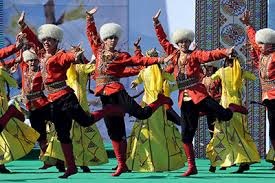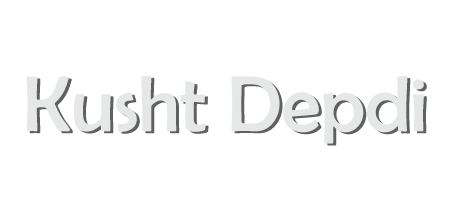
The Kusht Depdi dance form has assumed importance in Turkmenistan as its national dance. Once deeply rooted in the element of Dhikr as a private and silent form of worship, today it also embodies happiness and is performed on all national holidays. Turkmenistan is predominantly an Islamic country and Kusht Depdi follows the Islamic tradition of Dhikr. Dhikr or Zikr means ritual repetition of religious conversation in the name of Allah and in a special rhythmic manner. A harmonious blend of perception and action, the dance is distinguished by turns and leaps, unmatched flexibility and cheerfulness. Kusht Depdi still preserves Dhikr as its main element. It is accompanied by the reciting of ghazals in commemoration of certain occasions. The Kusht Depdi is also called as Kyushtdepmek and follows the Sufi style.
Originally a part of the Navruz revelry, Kusht Depdi has assumed wide proportions and importance as a national dance. The essential element of this dance is rooted in the age old practice of Dhikr. Dhikr is the remembering of Allah and constant repetition of religious phrases supplemented by bodily movements. In ancient times, men and women went to the tombs and shrines to pray for the deceased. As a part of the practice, they used to sing verses the whole night. Recitation of these verses and performing of dance as a part of religious Dhikr is Kusht Depdi. Later, in the 19th century, the Turkmen people developed a new style of Kusht Depdi with tunes of lovely songs, definite movements and cheerfulness. This commemoration has aroused interest in the new generation of Turkmenistan.

Kusht Depdi is a circular dance and is performed in 3 different forms. They are:
- Bir Depim form, in which the dancers take a half turn of the right arm and right leg to the left and then return back to the starting position and keep moving in a circle, simultaneously.
- Iki Depim which involves taking of two consecutive half turns.
- Uch Depim which is taking of three half turns. All the different forms of Kusht Depdi essentially involve tempo and synchronized motion. Each and every performer has to be in step with other performers to achieve a spectacular grandeur. Deft movement, experience and skill enable a new entrant to fill in the circle without breaking the rhythm. Dancers who are tired get replaced and the dance continues. Spectators cheer the dancers with shouts of aha-aha –aha and ah-hey hop-ha.
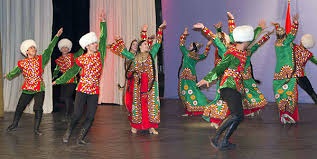
Kusht Depdi is performed to the accompaniment of traditional and folk music instruments such as zurna, daf, davul, naqqara, dili tuiduk and tuiduk. The most common musical instruments are the two–stringed long–necked lute instrument called dutar.
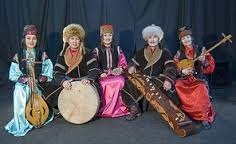
The costume worn during the performance of Kusht Depdi is the normal Turkmen dress worn by men and women. Men wear a white fur hat, jacket, pants and knee high boots. On the other hand, the costume of women includes long embroidered gowns with long sleeves with a veil covering the head.
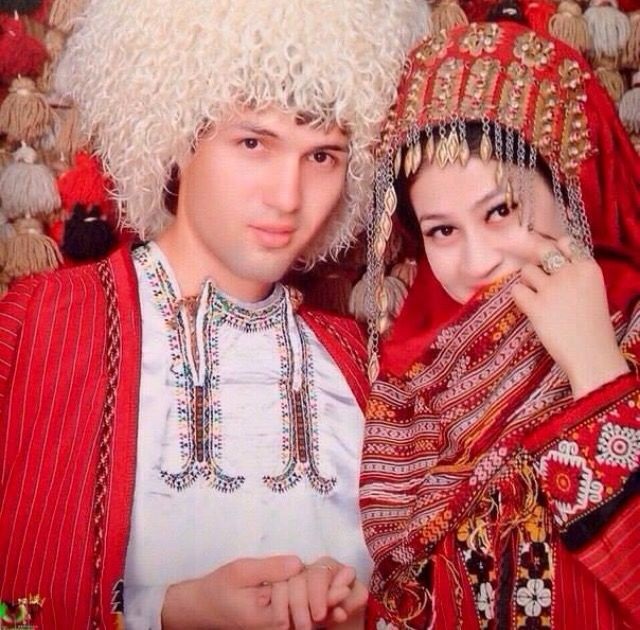
Despite being a country with full of restrictions and societal norms for men and women, Turkmen men and women perform their national dance together. However, certain distance is observed during their performance as they follow the conservative Islamic beliefs.
